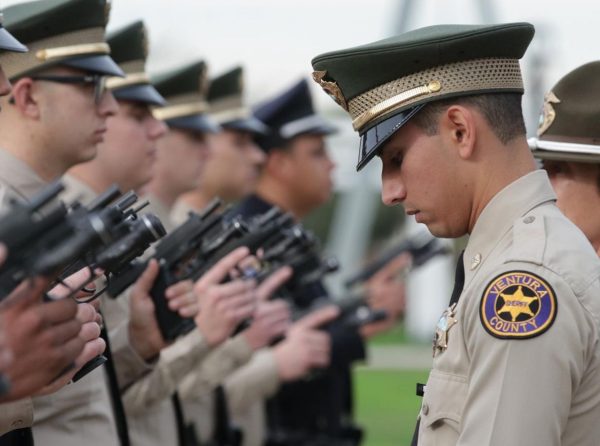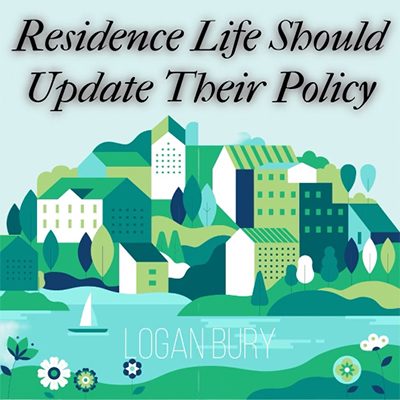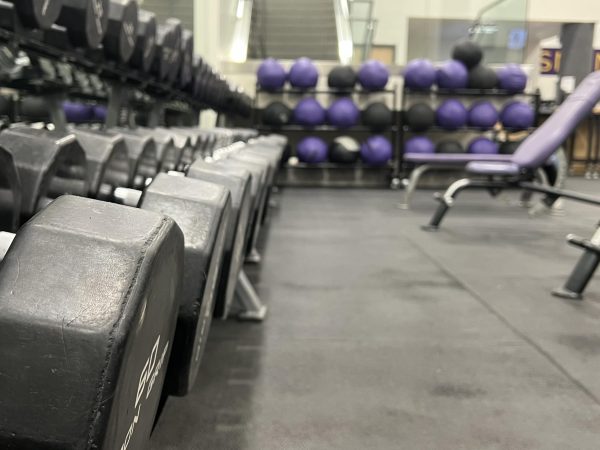Benefits of Small Class Sizes at Small Universities
November 5, 2019
Can you imagine having professors who don’t know your name or taking classes with 40 or more students? I can’t because I have been lucky enough to attend small universities with small class sizes.
As a former student of Saint Mary’s College of California and current student at California Lutheran University, I’ve been spoiled with small classes and I believe I’m getting a better education because of it.
“It’s just so much easier to take it all in, you know? You can actually absorb everything the professor says. There aren’t so many disruptions when it’s only 15 people total in the classroom,” said Alexandra Fanella, an alum of Bastyr Univeristy in Kenmore, Washington, with 1,035 students.
Cal Lutheran, with 3,078 undergraduate students, has a 15:1 student-faculty ratio and an average class size of 15 students, according to the university website.
Fanella said she felt like she got a much better education than her friends who attended big public universities with larger class sizes. Fanella said she could not stress enough how much she loved the quietness of the classrooms, adding that while the professor spoke, the students listened.
“I’ll admit it’s tough to even concentrate when there are so many people in the class,” said Hannah Copeland, a senior at University of Colorado, Boulder, where there are 29,928 undergraduates. “I think my grades suffer from the distracting setting.”
Copeland said she has never had an experience with small class sizes because her classes are always filled with at least 40 other students.
“It’s hard for me to imagine the benefits that must come from being in a small and personal class,” Copeland said. “You really get to talk things through with your professors, which seems super cool and helpful.”
I believe a big bonus of small class sizes is that they lead to more individualized attention from the professor. With a smaller work environment, teachers are able to get to know their students better, enabling them to work together in a more positive and productive atmosphere.
“With more one-on-one time with their teacher, students are certain to have a greater sense that their teacher cares for them, and when students feel like someone they look up to cares about their work, they excel,” according to Children’s Educational Services.
I love that we can actually get to know one another in class. Instead of being surrounded by a bunch of nameless faces, you can develop genuine relationships with your fellow classmates.
If I ever have a question about homework or a test, I can quickly reach out to a classmate and get clarification, because everyone knows everyone in small classes.
“I’ve been to a large public university, and now a small liberal arts school. The difference in education is beyond words,” said Belinda Westbrook, a junior at Saint Mary’s College, which has 2,675 undergraduates, a student-faculty ratio of 11:1 and an average class size of 19 students.
Westbrook explained that professors genuinely care about your education when you are in a small class environment. Westbrook said they actually get to know students personally, which is more meaningful than professor-student interactions at large institutions.
Although some smaller schools may not be as prestigious or well-known as larger ones, Fanella argues the education level is equal, if not better.
For someone who really values their education and thrives in relationship-building environments, small schools are the way to go.
I’ve never had a professor forget my name and I always know someone in every class who I can reach out to for help. This experience is unique and beneficial, and you really can’t find it at a larger university.










